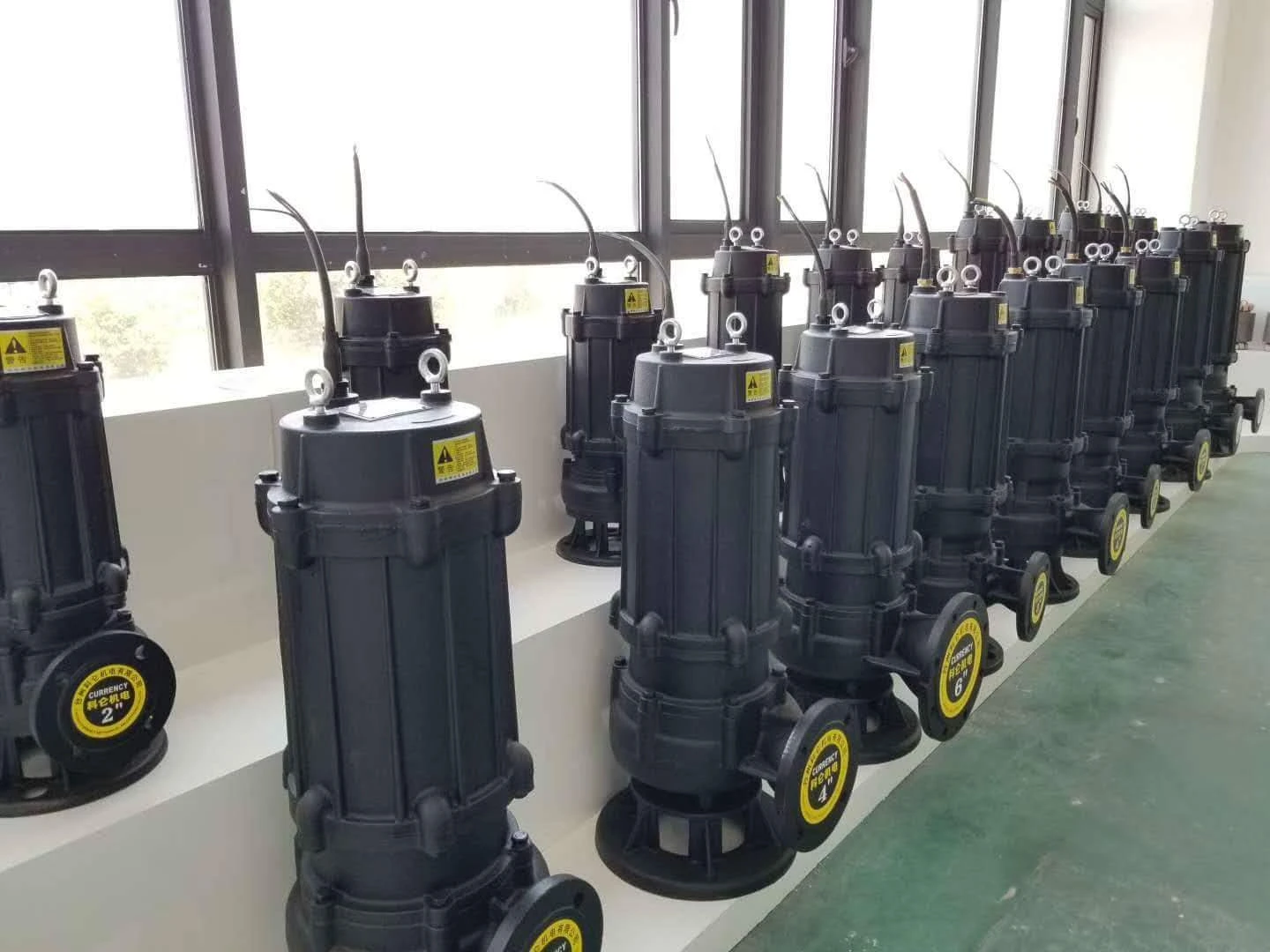Sundanese
- Afrikaans
- Albanian
- Amharic
- Arabic
- Armenian
- Azerbaijani
- Basque
- Belarusian
- Bengali
- Bosnian
- Bulgarian
- Catalan
- Cebuano
- Corsican
- Croatian
- Czech
- Danish
- Dutch
- English
- Esperanto
- Estonian
- Finnish
- French
- Frisian
- Galician
- Georgian
- German
- Greek
- Gujarati
- Haitian Creole
- hausa
- hawaiian
- Hebrew
- Hindi
- Miao
- Hungarian
- Icelandic
- igbo
- Indonesian
- irish
- Italian
- Japanese
- Javanese
- Kannada
- kazakh
- Khmer
- Rwandese
- Korean
- Kurdish
- Kyrgyz
- Lao
- Latin
- Latvian
- Lithuanian
- Luxembourgish
- Macedonian
- Malgashi
- Malay
- Malayalam
- Maltese
- Maori
- Marathi
- Mongolian
- Myanmar
- Nepali
- Norwegian
- Norwegian
- Occitan
- Pashto
- Persian
- Polish
- Portuguese
- Punjabi
- Romanian
- Russian
- Samoan
- Scottish Gaelic
- Serbian
- Sesotho
- Shona
- Sindhi
- Sinhala
- Slovak
- Slovenian
- Somali
- Spanish
- Sundanese
- Swahili
- Swedish
- Tagalog
- Tajik
- Tamil
- Tatar
- Telugu
- Thai
- Turkish
- Turkmen
- Ukrainian
- Urdu
- Uighur
- Uzbek
- Vietnamese
- Welsh
- Bantu
- Yiddish
- Yoruba
- Zulu
Telephone: +86 13120555503
Email: frank@cypump.com
Oct . 22, 2024 07:28 Back to list
Choosing the Right Sewage Pump for Your Septic Tank System Needs
Understanding Sewage Pumps for Septic Tanks
Sewage pumps play a critical role in managing wastewater in homes and properties that rely on septic tanks. Unlike traditional sewer systems that transport waste through gravity, septic tank systems require a bit more ingenuity to ensure that sewage is efficiently moved from the tank to the drainage field or secondary treatment systems. In this article, we will explore the purpose, types, and selection criteria for sewage pumps, specifically designed for use with septic tanks.
The Purpose of Sewage Pumps
Septic systems work by treating wastewater from the household in an underground tank where solids settle at the bottom, and liquids flow out into the drain field. However, in situations where the septic tank is located at a lower elevation than the drain field, gravity alone cannot transport the wastewater effectively. This is where a sewage pump comes into play.
A sewage pump is designed to lift wastewater and propel it from the septic tank to the drain field or treatment system, thereby preventing backups and ensuring that the sewage system functions correctly. This is especially crucial in hilly terrains or properties with unusual layouts that complicate waste drainage.
Types of Sewage Pumps
There are generally two types of sewage pumps commonly used in septic systems submersible pumps and pedestal pumps
.1. Submersible Pumps These pumps are installed directly inside the septic tank and are designed to operate underwater. They are typically more efficient and quieter than their pedestal counterparts. Because they are submerged, they also help prevent odor and keep the area tidy. Submersible pumps are ideal for residential systems and can handle both solid and liquid waste effectively.
2. Pedestal Pumps Unlike submersible pumps, pedestal pumps are mounted above the septic tank. The motor is located high above the liquid level, which makes it easier to access for maintenance and repair. However, they are often noisier and may require more space. Pedestal pumps are not entirely submerged, thereby raising concerns about odors if not well maintained.
sewage pump for septic tank

Selecting the Right Sewage Pump
When choosing a sewage pump for a septic tank, several factors should be evaluated
1. Pump Capacity The pump's capacity, measured in gallons per minute (GPM), should match the household's wastewater volume. A correctly sized pump will ensure optimal performance and longevity. It’s crucial to consider peak usage times and the size of the household.
2. Head Pressure This refers to the height to which the pump can effectively push water. If the drain field is uphill from the septic tank, pay attention to the pump's head pressure requirements to ensure it can handle the elevation change.
3. Material and Build Quality Look for pumps made from corrosion-resistant materials. Stainless steel or thermoplastic constructions are preferred for their durability and resistance to harsh environmental conditions.
4. Electrical Requirements Ensure the pump is compatible with your electrical setup. Some pumps run on standard household current, while others may require a dedicated circuit or higher voltage.
5. Maintenance Needs Regular maintenance is essential for the longevity of sewage pumps. Choose a model that offers easy access for repairs and replacement parts.
Conclusion
Sewage pumps are an integral component of an effective septic system, ensuring the appropriate movement of waste. By understanding their types, roles, and selection criteria, homeowners can make informed decisions when installing or upgrading a sewage pump. Proper management of septic systems contributes significantly to environmental protection, public health, and the sustainability of our water resources. Always consult with a professional when considering or maintaining your sewage pumping needs to ensure compliance with local regulations and optimal functionality.
-
Reliable Non-Clog Sewage Pumps with GPT-4-Turbo Tech
NewsAug.04,2025
-
High-Performance Air Pumps for Sand & Gravel | Efficient Transport
NewsAug.03,2025
-
ISG Series Vertical Pipeline Pump - Chi Yuan Pumps Co., LTD.|Energy Efficiency, Corrosion Resistance
NewsAug.03,2025
-
ISG Series Pipeline Pump - Chi Yuan Pumps | Energy Efficiency&Compact Design
NewsAug.03,2025
-
ISG Series Vertical Pipeline Pump - Chi Yuan Pumps Co., LTD.|High Efficiency, Low Noise, Durable
NewsAug.02,2025
-
ISG Series Vertical Pipeline Pump - Chi Yuan Pumps | High Efficiency, Low Noise
NewsAug.02,2025










